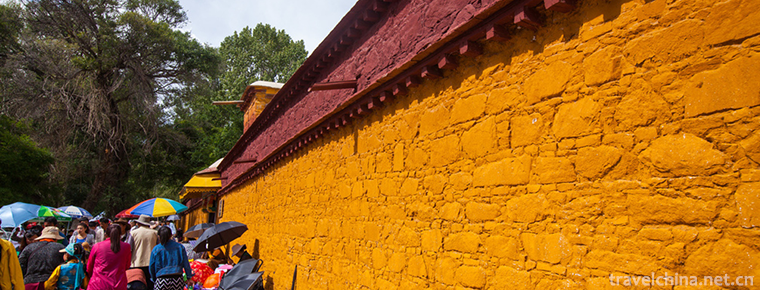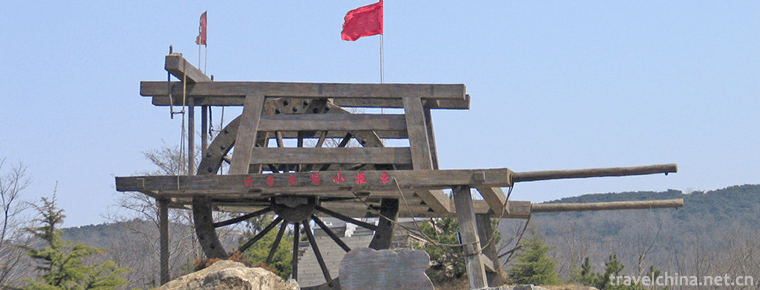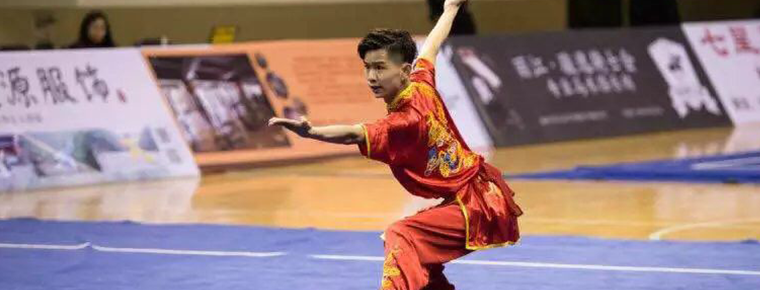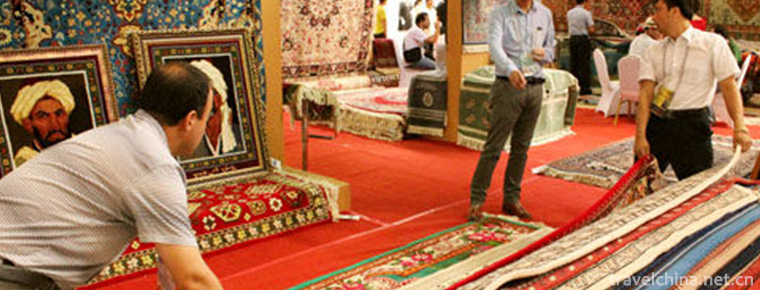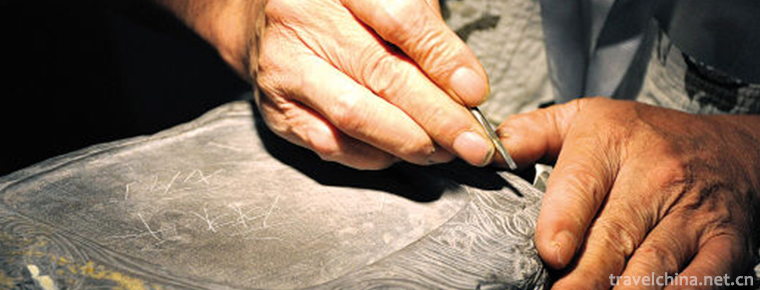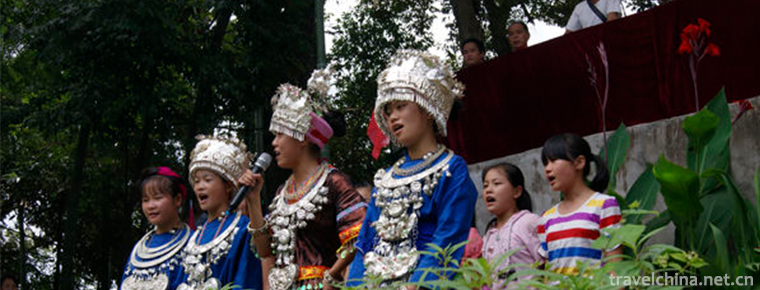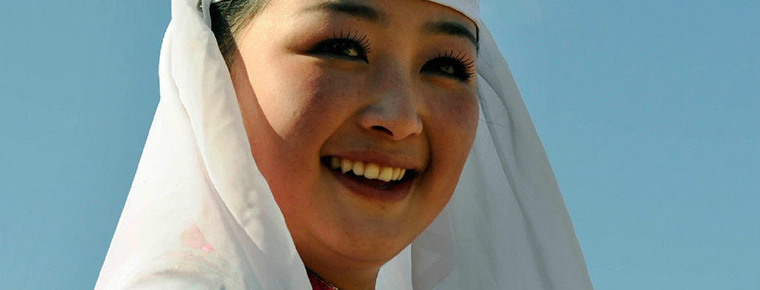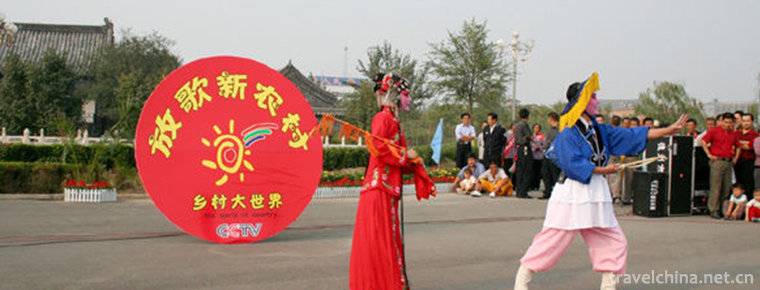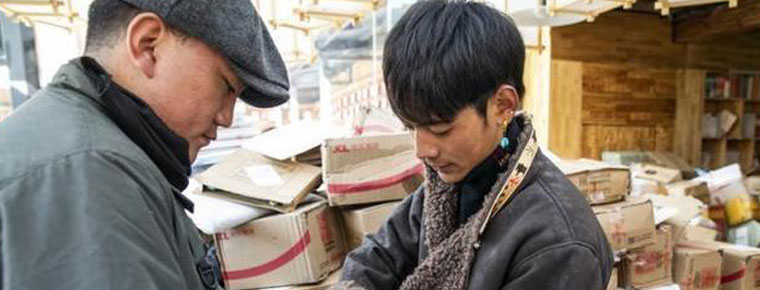jianchuan museum cluster
jianchuan museum cluster
Jianchuan Museum is called Jianchuan Museum Settlement in Chengdu City. Founded by private entrepreneur Fan Jianchuan, it is located in Anren Town, Dayi County, a small museum town of China. It covers an area of 500 mu and has a building area of nearly 100,000 square meters. It has more than 8 million collections, 425 of which are first-class cultural relics of the state.
With the theme of "For Peace, Collect War; For Future, Collect Lessons; For Peace, Collect Disasters; For Heritage, Collect Folk Customs", the museum has built more than 30 branches in four series: War of Resistance, Folk Customs, Red Age and Earthquake Relief. It has built and opened 24 venues. At present, it has the largest investment in private capital, the largest construction scale and exhibition area, and the largest collection content. Rich folk museums.
At present, the exhibition halls that have been opened to the outside world include the mainstay hall, the front battlefield hall, the Flying Tiger Qi Military Hall, the indomitable prisoner of war hall, the Sichuan Army Anti-Japanese War Hall and the Anti-Japanese Veterans'Handprint Square and the Chinese Anti-Japanese Heroes Group Plastic Square; the Red Age Series Porcelain Hall, the Life Articles Gallery, the Zhang Zhongyin Gallery, the Mirror Gallery, the Zhiqing Living Hall and Deng Gong Ci Series III; Cun Jinlian Heritage Museum, Lao Gong Museum Furniture Museum, Traditional Chinese Medicine Heritage Museum; Earthquake Series Shock Diary 5.12-6.12 Museum, Earthquake Art Museum, 5.12 Earthquake Relief Memorial Museum, National Defense Armament Museum, Aviation Third Line Museum, etc.
Museum settlements have won national cultural industry demonstration base, national AAAA-level tourist attractions, national key projects of glorious undertakings, national patriotic education base, national advanced social organizations, ten Chinese folk museums, Sichuan popular science education base, national defense education base, clean and honest culture education base, Sichuan top ten comprehensive private cultural enterprises, Sichuan "11th Five-Year Plan" During this period, the advanced tourism units and the construction of Chengdu outstanding events and other honorary titles.
In September 2018, it was designated as the second-class national museum.
Introduction of scenic spots
Jianchuan Museum is located in 25 museums and two theme squares are designed by renowned domestic and international architects and sculptors, such as Isaki Xin, Chester Huaidong, Xing Tonghe, Zhang Yonghe, Peng Yigang and Ma Guoxin, to create national-level architecture and sculpture masterpieces.
The Jianchuan Museum now has more than 1,000,000 precious cultural relics in its collection, of which 329 are at the national level, ranking first among the private museums in China.
Jianchuan Museum Settlement originally breaks through the traditional concept of "museum", which not only brings together more than 20 museums for the first time in China beyond imagination, but also further brings together various kinds of business forms such as hotels, inns, teahouses, cultural relics shops and so on, so that these supporting facilities present a sub-museum state. It will form a new concept museum with the functions of exhibition of collections, education and research, tourism and leisure, collection and exchange, art exposition, film and television shooting, and a tourism destination of China's century-old cultural and cultural exposition tourism and rural leisure and vacation.
At the same time, three tourism sections of Anren Ancient Town are formed, namely, the ancient town tourist area composed of Jianchuan Museum settlement, old streets and neighborhoods of old mansions, Liu Wencai and rural scenery area of Liu Wenhui Mansion.
Fan Jianchuan, curator of Jianchuan Museum, once said, "The purpose of building museums and collecting cultural relics is to record and restore history, not only to commemorate, but also to let everyone's soul face the national trauma and let the memory of war become the national ideological resources." Moreover, the purpose of Fan Jianchuan Museum is to make the world remember history: "For peace, to collect war; for the future, to collect war." History of Tibet. "
Historical evolution
On May 5, 2003, the Jianchuan Museum Settlement Project was listed as a key project of the Chengdu Municipal Government.
On April 8, 2004, the site of Jianchuan Museum was officially reorganized.
In early June 2004, the settlement of Jianchuan Museum and the design of general plane municipal infrastructure were completed.
On August 15, 2005, on the occasion of the 60th anniversary of the victory of the War of Resistance Against Japan, the museum, covering an area of 500 mu and covering an area of 15,000 square meters, was opened to the world for the first time.
On January 17, 2006, the Jianchuan Museum Settlement was rated as an advanced unit of national defense education by the Chengdu Municipal Committee and the Municipal Government.
In January 2009, Jianchuan Museum Settlement National Defense Weapons Museum opened; in the same year, the National Tourism Administration approved Jianchuan Museum Settlement as a national AAAA-level tourist attraction.
In 2011, Jianchuan Museum was awarded "Top Ten Private Cultural Enterprises in Sichuan in 2010" and "Top Ten Private Cultural and Expo Enterprises in Sichuan in 2010".
In September 2018, it was designated as the second-class national museum.
Value of cultural relics
Jianchuan Museum has a total collection of more than 8 million cultural relics and 121 national first-class cultural relics. The number and collection of such museums are unique in China. The total collection of Jianchuan Museum has exceeded 8 million pieces, including more than 2 million antiquities of the Anti-Japanese War; But according to Fan Jianchuan himself, the number of these 2 million pieces is only those that have been sorted out and registered, and the actual number of collections should be conservatively estimated to be more than 10 million.
There are many precious cultural relics on display in the museums of the Anti-Japanese War series, such as:
Feng Yuxiang, a national first-class cultural relic, inscribes Japanese atrocities witnessed by outsiders.
National first-class cultural relics - China Airlines Yuyang Airlines navigation commemoration.
National First-Class Cultural Relics - Air Defense Porcelain Waterpot of Accompanied Capital. The manufacture time of this pot is June 1941.
National First Class Cultural Relics - This painting was made by Zhang Shanzi in the United States in early 1940 and presented to General Chennault. It was purchased from Hanya Auction in Chengdu in September 1988.
National First Class Cultural Relics-Tear Fan of Japanese Army's Violence
National First Class Cultural Relics: Special Issue No. 50 Victory of the Art of Resistance Against Japan of the Central Army Officer's School
National First-Class Cultural Relics-Anti-Japanese Cup with Blue and White Crude Pottery for Sichuan Military Personnel
Precious Cultural Relics-Release List of Chongqing Corpses
Precious Cultural Relics-General Liu Xiang's Purple Sand Teapot
The first-class national cultural relics - Sichuan military inscribed with anti-Japanese warning language dry tobacco poles.
The Flower Pot of Feng Yuxiang's Inscription "Military First, Victory First"
The first-class national cultural relic, the seat of an American plane crashed during the War of Resistance Against Japan, was purchased by a villager in the countryside of Yunnan Province.
A set of photo albums and diaries of Shifu Ishima, a former Japanese invader of China, is a national first-class cultural relic.
National first-class cultural relics - desks and benches at Chengdu Branch of Huangpu Military Academy.
The first-class national cultural relics - mills used in the construction of Chengdu Xinjin Airport during the Anti-Japanese War.
Tourism information
Traffic information
Self-driving
A. Walk down the Chengwenyong Expressway to Anren, a small town of the Chinese Museum, and then walk another 10 kilometers to Anren. There are obvious signs on the road.
B. Take Daqiao Road to Xinjin, and then go to Qionglai direction for about 2 kilometers, that is, turn right (there is a road sign pointing to Dayi County at the intersection). Pass Hanchang Town and Tangchang Town in Dayi County, and drive about 22 kilometers to Anren Ancient Town.
C. Walk Shuangliu to Pengzhen, through Sanjiang Town and Shaqu Town to Anrengu Town, about 45 kilometers.
Buses
A. Chengdu Tea Shop Station - Anren Town: Chengdu Tea Shop Station has a direct train to Anren Town, about 30 minutes a trip, about 70 minutes a journey, holidays according to the flow of people to increase the number of shifts.
B. Chengdu Shiyanchang Bus Station - Anren Town: Chengdu - Gaoshan (Dayi) in Chengdu Shiyanchang Bus Station, via Anren, about 20 minutes and an hour's drive.
C. Shuangliu Bus Station - Anren Town: Shuangliu Bus Station to Dayi, via Anren, about 1 hour, about 45 minutes'drive.
D. Chongzhou Bus Station - Anren Town: There is a minibus from Chongzhou Bus Station to Anren, which takes about 20 minutes.
E. Dayi County Town - Anren Town: No. 11 bus direct; "Jianchuan Museum" stop is there.
Ticket information
Single ticket is 20 yuan, three tickets are 50 yuan, eight tickets are 80 yuan, and all tickets are 100 yuan. (Three tickets are for three museums and eight tickets are for eight museums.) Old people aged 60-69, students, servicemen and disabled people enjoy 50 yuan discount on their valid certificates.
Sightseeing ticket
10 yuan per person, unlimited number of rides in the park.
Visit Contents: (24 venues have been built in the park at present)
I. Anti-Japanese War Series: 1. Midstream Battlepillar Hall; 2. Front Battlefield Hall; 3. Flying Tiger Qi Military Hall; 4. Unyielding Prisoner of War Hall; 5. Sichuan Army Anti-Japanese War Hall;
II. Red Age Series: 6. Porcelain Hall; 7. Living Articles Hall; 8. Zhangzhong Seal Hall; 9. Mirror Hall; 10. Intellectual Youth Living Hall; 11. Deng Gongci;
III. Folklore series: 12, 3 inch Jinlian Hall; 13, Laoguan Furniture Hall; 14, Chinese Heritage Museum; 15, National Defense Weapons Museum; 16, National Defense Heavy Weapons Museum;
IV. Earthquake Series: 17, 5.12 Wenchuan Earthquake Museum; 18, Earthquake Art Museum; 19, 5.12 Earthquake Relief Memorial Hall; 20, Hu Huishan Memorial Hall;
V. Others: 21, Aeronautical Third-Line Museum; 22, Yangtze River Drifting Memorial Hall.
Theme Square:
1. Carving Square of Chinese Heroes 2. Handprint Square of Anti-Japanese War Veterans
Instructions for purchasing tickets
The following persons are entitled to a discount on ticket purchases with valid certificates:
1. Students aged 60-70, servicemen, full-time undergraduates and below:
Pass: 40 per person (valid for the day); Pass: 50 per person (valid for three days)
2. Older people aged 70 and over:
Pass: 20 per person (valid for the day); Pass: 25 per person (valid for three days)
2. The following persons shall enjoy ticket-free treatment on the basis of valid certificates:
1. National model, model worker;
2. Children under 1.2 meters in height (including 1.2 meters);
3. Persons with disabilities shall register at the ticket office with their disability certificate for ticket exemption.
3. Introductory letters from team owners, guided tour plans, guided tour certificates and scheduled confirmation faxes from travel agencies, please contact the Marketing Department.
Fourth, the Park sightseeing bus: 15 minutes / shift, travel time: 8:30-17:30. Please get on and off at the designated platform.
Ticket selling time: 8:30-17:00.
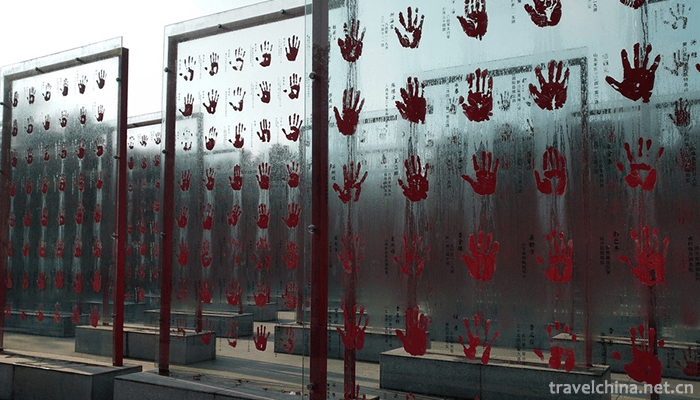
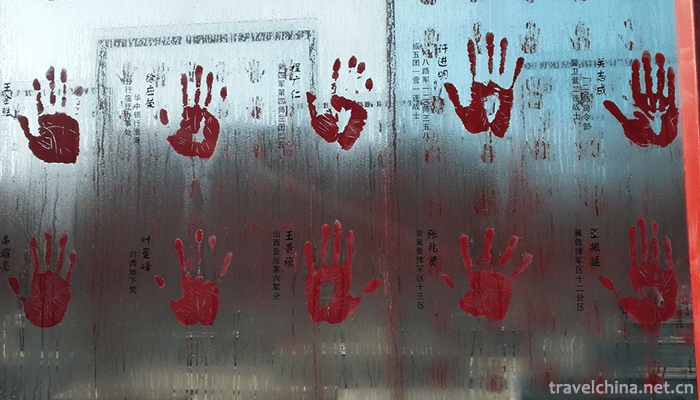
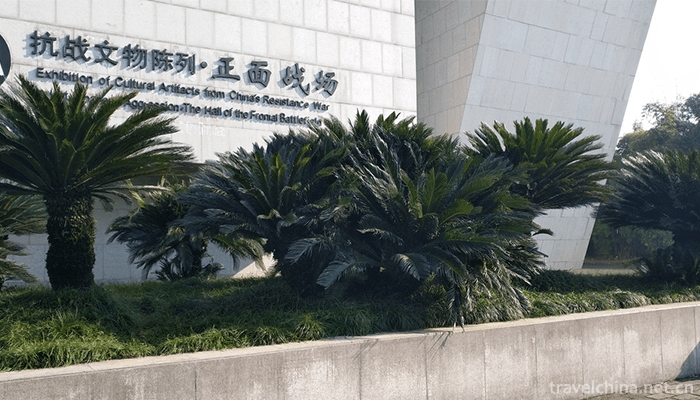
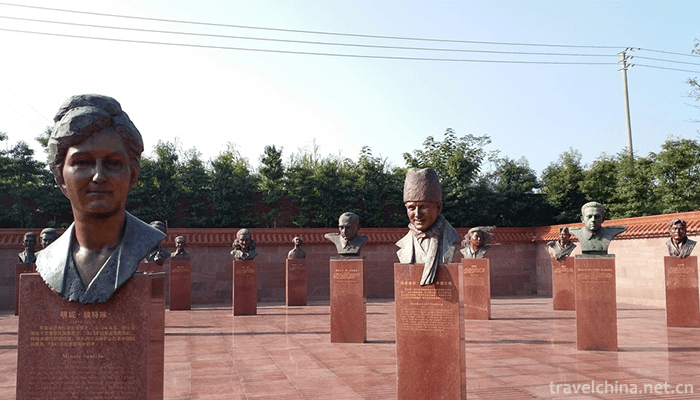
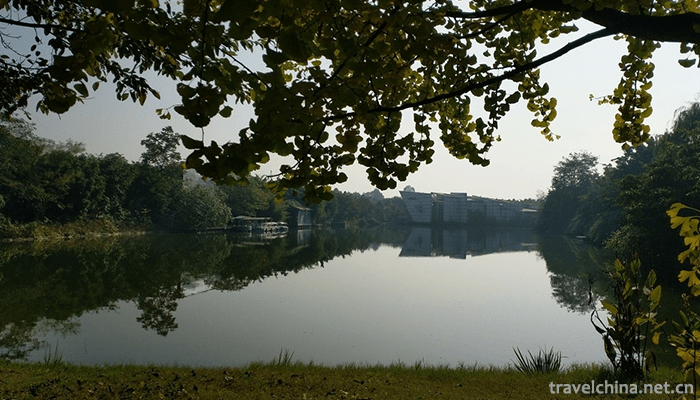
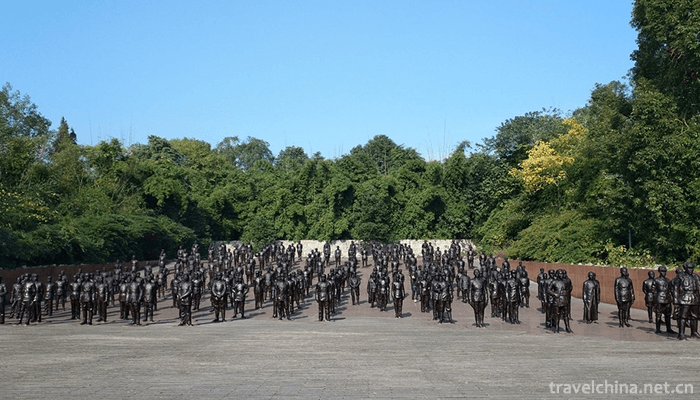
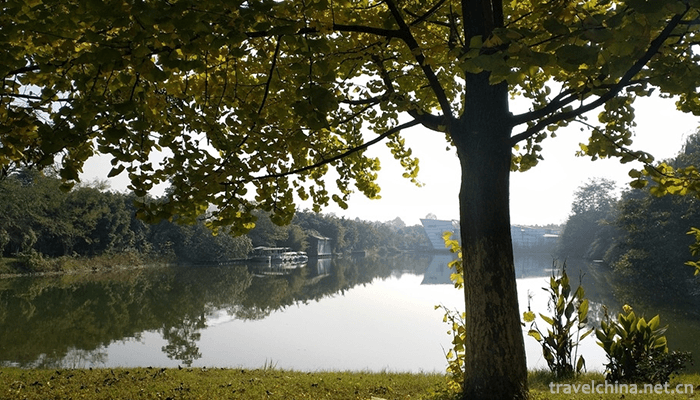
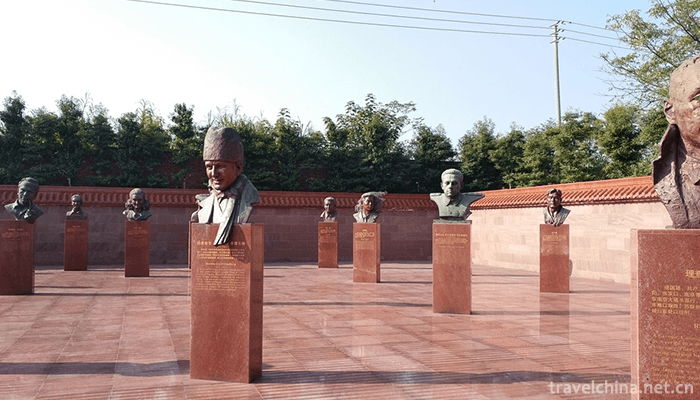
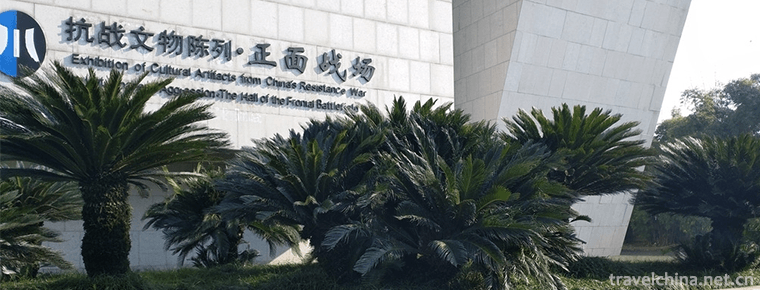
jianchuan museum cluster
-
Luo Bu Lin Ka Roblinka
Roblinka is a national key cultural relic protection unit, located in the western suburbs of Lhasa, Tibet. Founded in the 1840s (Dalai VII), the Dalai Lama's summer administration place is a typical T
Views: 208 Time 2019-02-06 -
Meng Lianggu Tourist Area
Meng Lianggu Tourist Area is located at the junction of Mengyin County and Yinan County, Linyi City, Shandong Province. It belongs to the Mengshan Mountains System. It is said that Meng Liangzeng, a g
Views: 315 Time 2019-02-07 -
Zha Quan
Zha Quan is one of the five major schools of traditional Chinese long boxing, which is widely spread among Hui people. It originated in Shandong Province
Views: 164 Time 2019-04-15 -
Carpet Weaving Techniques
Uygur carpet is a handicraft with a long history and tradition. It integrates painting, sculpture, knitting, embroidery, printing and dyeing. Characteristic
Views: 129 Time 2019-04-26 -
Duan Inkstone Production Techniques
Duan inkstone production technology, Zhaoqing City, Guangdong Province, traditional handicraft, one of the national intangible cultural heritage.
Views: 172 Time 2019-04-28 -
Forty eight Zhai Song Festival
The forty-eighth Village Song Festival is a northern Dong dialect Song Festival in Tianzhu County, Guizhou Province, China. It is a traditional national festival featuring Dong
Views: 380 Time 2019-05-01 -
Hui Costume
The main symbol of Hui costume is the head. Men like to wear white caps. Hui women often wear a hood. Older Hui women wear black or brown headscarves in winter
Views: 138 Time 2019-05-04 -
Yigou gou
"Yigou" is a traditional drama in Gaotang area of Shandong Province and one of the national intangible cultural heritages.
Views: 146 Time 2019-07-12 -
Month also
Dong people's "moon" means collective visiting, which is a social custom in Dong village. The young men and women in one village of the Dong nationality visit another village according to th
Views: 357 Time 2019-07-16 -
Zhenwu mountain ancient Temple Group
Zhenwu mountain ancient Temple group is located in the urban area of Yibin City, adjacent to Cuiping mountain, with an altitude of 396 meters. It is named for Zhenwu temple on the mountain, covering an area of more than 50 mu.
Views: 238 Time 2020-10-16 -
Jiang Weicheng
Jiangweicheng site is a representative and important site in the upper reaches of Minjiang River. It is located in the mountain behind the Weishi school in Weizhou Town, Wenchuan County.
Views: 211 Time 2020-11-06 -
Ding Zhen from the plateau Village
The 20-year-old Tibetan boy is from a small mountain village in Litang County, Ganzi Tibetan Autonomous Prefecture, Sichuan Province. More than 20 days ago, a photographer released a short video on the short video platform, which made Ding Zhen
Views: 90 Time 2020-12-07
